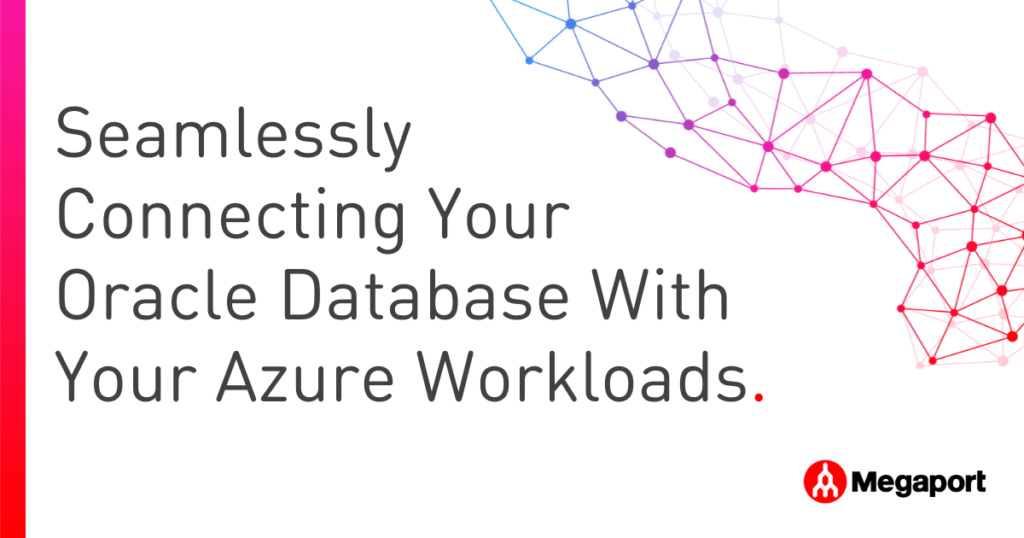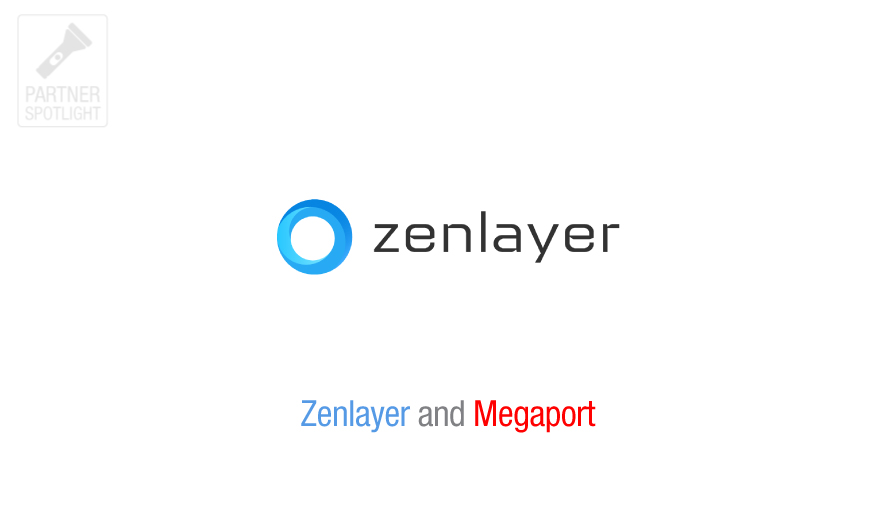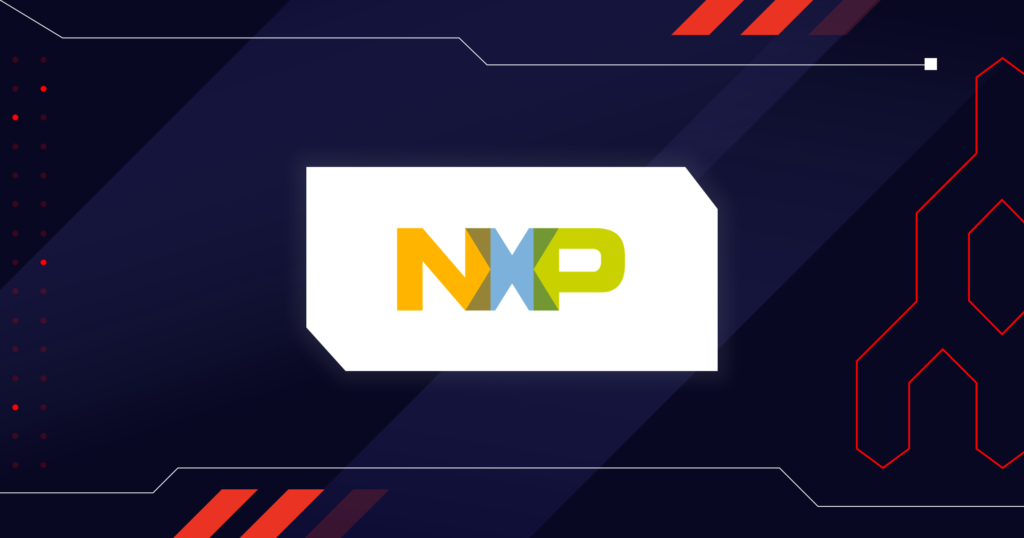
Comparing Generative AI Offerings From Major Cloud Providers
- Cloud networking
- July 30, 2024
- RSS Feed
By Chris Cabel, Senior Director, Global Cloud Solutions
Avoid AI overwhelm and weigh up your options easily with our roundup of the top generative AI offerings from AWS, Azure, and Google Cloud.
Table of Contents
In the last two years, generative AI offerings have exploded in the cloud space (and everywhere else). Major Cloud Service Providers (CSPs) are perfectly positioned to lead these efforts thanks to the fact that they offer the very resources they require to build these models, and their customers are naturally early adopters and heavy users of AI.
While it can be easy to give into the collective pressure to simply adopt all of these solutions with speed, you’ll unlock the full benefits of generative AI by discerning and integrating your solutions with strategic intent. Here, we’ve rounded up the main AI products and extensions you should be aware of from the three major cloud providers right now, so you know where to start.
There are new products, extensions, and capabilities being developed all the time so this is not an exhaustive list, and we recommend checking the links provided for the most up-to-date information.
Amazon Web Services
While AWS may not have been the first player to the game, its increasing investment in AI has enabled this global hyperscaler to incorporate it across almost every aspect of its product suite.
To help users make sense of everything on offer, AWS also outlines helpful use cases that will “reinvent customer experiences, enhance productivity, and accelerate growth.”
Amazon Bedrock
Amazon Bedrock is a serverless, fully-managed service that provides developers a secure, collaborative environment for building, launching, and running all kinds of applications.
Bedrock comprises an amalgamation of foundation models (FMs) from Amazon and other leading AI companies—all managed through a single API—for these runtime applications, unlocking a range of possibilities that are constantly growing.
You can experiment with and evaluate these FMs to build customized generative AI applications and agents that use your organization’s systems and data to execute tasks for you. As a serverless product, no infrastructure management is required and integration into your applications can be made easy by using AWS applications you’re already familiar with.
Plus, Bedrock will keep your FMs up to date using Retrieval-Augmented Generation (RAG), a capability where Bedrock can enrich runtime prompts with proprietary data from company sources to deliver better outcomes.
If you want to hit the ground running with runtime AI but you’ve been dreading having to manage the underlying infrastructure, give Bedrock a try – you can even try a free demo first.
Amazon Titan
Amazon Titan is part of the Bedrock platform, but unlike Bedrock, is not serverless and infrastructure is not managed for you. The benefit of this is that you have the control to build and design your AI network applications from top to bottom.
Amazon Titan’s FMs are solely created by AWS and include general purpose text, multimodal, and image models. Customize these models further or simply use them off the shelf for text and image generation, semantic search, RAG capabilities, and more.
If you have special network requirements and you’re prepared for the management a self-serve AI infrastructure requires, Titan is a great way to fully incorporate your AI applications into your enterprise.
Amazon SageMaker
If you’re looking to build, train, and deploy your own Machine Learning (ML) models, SageMaker promises “high-performance, low-cost ML at scale”.
Another fully managed and scalable service, SageMaker features an Integrated Development Environment (IDE) for developers to manage these models at scale with a wide range of developer tools. For non-developers wanting to manage their ML models, there’s also a code-free interface option.
Data engineers can use SageMaker’s included tools to build FMs in depth from the ground up, or access one of the hundreds of available FMs and precisely customize its parameters using advanced techniques.
With all the possibilities SageMaker offers, see how other customers are using the application for inspiration.
Amazon Q
Amazon Q is an advanced generative AI-powered virtual assistant with two main functions—Amazon Q Business and Amazon Q Developer—to help users take advantage of its multi-step planning and reasoning capabilities in different ways.
Amazon Q Business takes the form of a virtual assistant, utilizing a Large Language Model (LLM). When Amazon Q Business is given access to your organization’s systems data, it can be used to answer questions, provide summaries, generate content, and securely complete tasks for employees.
The assistant can securely connect to over 40 commonly used business tools to help consolidate and make sense of various sources of information, advancing enterprise knowledge management. When integrated into your business, you can expect to improve productivity and save time researching and fact-checking – the model also provides citations with its answers to help employees verify information.
As a security measure, Amazon Q Business is designed to only give users access to the data they would otherwise have access to outside the platform.
For coding, Amazon Q Developer is a powerhouse for performing a range of tasks based on developer requests. These tasks include code generation, testing, application upgrades, error diagnosis, debugs, security scans and fixes, and AWS resource optimization.
When hooked up to company data—including company policies, product information, business results, code base, and more—Amazon Q Developer can summarize the data logically, analyze trends, and engage in dialogue about the data. Plus, the CodeWhisperer feature can scan your code to generate context-aware inputs, suggest additions, and alert you of any potential security issues.
Amazon Q can now also be integrated with QuickSight, Amazon’s Business Intelligence (BI) platform. Amazon Q in QuickSight uses generative BI to give business analysts a natural language model they can interact with to unveil and explore business insights, saving hours on data analysis. Features like executive data summaries, context-aware data Q&As, and customizable data stories give users plenty of ways to analyze business data and share findings across the wider business.
Amazon Q is continuing to expand and integrate into other AWS products, so we’ll no doubt be seeing more of the letter Q around.
Honorable mentions
Learn about more generative AI features and integrations from AWS.
- AI infrastructure: a general overview of AWS’s comprehensive, secure, and price-performant infrastructure.
- Data and AI: a comprehensive set of data capabilities to power your generative AI.

Azure
Microsoft’s backing of OpenAI gave Azure a running start with market-leading generative AI offerings, but the provider hasn’t rested on this acquisition. Azure is also developing and releasing its own in-house technologies alongside Microsoft’s third-party powerhouses to broaden its capabilities and better target its products to cloud networking users.
Azure OpenAI service
Azure OpenAI service is a multi-purpose platform that enables you to build generative AI applications and experiences using a range of models from Microsoft, OpenAI, and Meta, to name a few.
Azure OpenAI service’s range of tools give you the ability to automate business tasks, create content and images, build custom virtual assistants, generate predictive analytics, and more. You can customize available models extensively or simply use them off the shelf to utilize all the features Azure and its industry-leading partner providers have to offer.
Easily integrate with other Azure services, enjoy built-in security, and leverage powerful APIs to enhance customer experience, automate repetitive tasks, and gain deeper insights from your enterprise data.
Phi-3 open models
If you’re looking to integrate a versatile and economical language model into your business, the Phi-3 open models promise a low-cost, low-latency solution. These small language models (SLMs) consume far less compute than LLMs, making them a sustainable way to incorporate your applications in-house.
According to Microsoft, The Phi-3 family of SLMs “outperform models of the same size and next size up across a variety of language, reasoning, coding, and math benchmarks.” There are four Phi-3 models to choose from, each of them ready to use off the shelf:
- Phi-3-mini: 3.8B parameter
- Phi-3-small: 7B parameter
- Phi-3-medium: 14B parameter
- Phi-3-vision: 4.2B parameter, multimodal model with text and image capabilities.
Build your chosen Phi-3 model in the cloud, at the edge, or on your device, operate offline with local deployment capabilities, and fine-tune your models with domain-specific data. For those who want to use generative AI for a limited number of simple tasks with no compromise in performance, Phi-3 is your pick.
Azure Machine Learning
For data engineers looking for end-to-end Machine Learning (ML) lifecycle AI, you’ll need an enterprise-grade solution. With Azure ML, you can access a range of purpose-built AI infrastructure to build scalable ML models on powerful AI infrastructure.
Features include advanced prompt engineering capabilities, managed endpoints, interactive data wrangling, and the ability to standardize features so they can be reused across your enterprise. Continuous integration and delivery also enable you to automate and streamline workflows across different business operations.
This one isn’t for beginners but if you have the skills, Azure ML gives you all the tools you need to build a powerful AI layer that can fit under your entire business. Try Azure ML for free to start exploring everything it has to offer.
Azure AI Search
In generative AI, information retrieval is essential, particularly for applications that deliver text or vector outputs. Instead of leaving this capability in the background, Azure has created its own AI-powered, scalable, and secure information retrieval platform with Azure AI Search.
In Azure’s own words, “Azure AI Search delivers an enterprise-ready, full-featured retrieval system with advanced search technology without sacrificing cost or performance.”
Azure AI Search gives you more ways to collate and retrieve data for your AI applications:
- Move beyond vector-only search with advanced information retrieval features like keyword match scoring, reranking, geospatial search, and more.
- Automatically upload data from a range of Azure and third-party sources.
- Built-in extraction, chunking, enrichment, and vectorization is all streamlined in one flow.
- A feature-filled vector database supports multivector, hybrid, multilingual, and metadata filtering.
- Security features like encryption, secure authentication, and network isolation are included.
You can integrate Azure AI Search with a range of applications and frameworks, use it to manage RAG workloads at scale, and reduce time to deployment.
Learn more about creating a search service to get started.
Azure AI Content Safety
Each of the CSPs mentioned in this article has a range of built-in safety and security features as part of their commitment to responsible AI. These range from implementing best practices as underlying rules in their prompt engineering, to flagging and rejecting inappropriate text inputs and image requests.
But Azure has taken this one step further by releasing its own advanced content safety system, which can be easily integrated into your Azure AI suite. Its advanced monitoring capabilities look at output generated by both FMs and humans to identify quality issues, detect and filter potential risks, and block threats.
Azure AI Content Safety is designed to:
- detect and filter inappropriate and harmful content
- detect and block prompt injection attacks
- pinpoint ungrounded or hallucinated materials
- identify and protect copyrighted content.
You can customize and expand its capabilities to reflect standards and policies specific to your organization, for example, by creating a bespoke blocklist with specific keywords. If you want to take your customization to the next level, be sure to use the Azure AI Content Safety API.
Honorable mentions
Learn about more generative AI features and integrations from Azure and Microsoft.
- Microsoft CoPilot in Azure: a cloud-to-edge AI companion designed to simplify operations and management.
- GitHub CoPilot in Azure: an extension that integrates with GitHub Copilot Chat in VS Code.
- Azure AI Speech Analytics: a service to transcribe audio and video recordings and generate enhanced outputs with several capabilities.
- Dall-E 3: OpenAI’s image generation tool, integrated with multiple Microsoft AI products.
- ChatGPT: we know you already use this one – also integrated with multiple Microsoft AI products.

Google Cloud
Google has made a commitment to positioning AI as a core component of its product offering, and it shows through the number of products and extensions on offer today.
The company’s approach is to balance cutting-edge research and real-world application, ensuring that AI advancements are not just theoretical but actually enhance user experience.
Gemini
Formerly known as Bard, Gemini for Google Cloud is a powerhouse of an AI assistant. Within the Gemini suite is a range of functions:
- Gemini Code Assist, a multifunctional coding assistant for developers
- Gemini Cloud Assist, an application lifecycle management platform
- Gemini in Security, a threat detection and response intelligence platform
- Gemini in BigQuery, which incorporates automation into Google Cloud’s fully managed data analytics platform
- Gemini in Looker, an intelligent assistant you can interact with via natural conversations to extract insights from your data
- Gemini in Databases, a database development assistant.
All aspects of the assistant are designed to be used off the shelf, and you can leverage its features through conversational interaction. Plus, Gemini can be integrated into your enterprise’s Google Workspace to extend its features throughout your organization.
Vertex AI
While Gemini is designed to simplify the user experience, Vertex AI is about control and customization. With Google’s ML platform, you can train and deploy ML models and AI runtime applications at scale, as well as customize and deploy LLMs in your AI-powered applications.
When you use Vertex AI, you’ll get access to:
- Google’s generative AI models including text, image, and speech, which you can customize and use in your own AI-powered applications
- AutoML, a code-free data training platform that enables you to automate the identification and flagging of different types of content
- A managed custom training service that enables you to take complete control over your ML model training process
- Model Garden, Google’s ML model library with a variety of proprietary and open-source AI models for you to use and customize on the Vertex AI Platform.
- Codey APIs, a suite of API models designed to work with and streamline your coding tasks.
You can also use Vertex AI’s fully managed and customizable MLOps tools, or integrate it with several extended Vertex features, to get more ways to build and collaborate on models. For all things runtime, Vertex AI is a one-stop solution.
Gen App Builder
If you’re short on time or resources but want to elevate your customer experience with search and conversational AI applications, Gen App Builder is a must-try. This feature-rich building tool brings AI to the orchestration layer of your network infrastructure, guiding you through simple, code-free development and deployment of search and conversational applications – pre-built workflows included.
Gen App Builder intakes and synthesizes data sets from throughout your business to deliver outputs that simplify the integration of these applications across your internal and customer-facing business and websites with ease. The result is more efficient business and an elevated customer experience with the least possible effort on your part.
Honorable mentions
Learn about more generative AI features and integrations from Google Cloud and Google.
- Google DeepMind: an AI research subsidiary encompassing a wide range of Google AI projects and platforms
- PaLM 2: a next-generation language model with advanced multilingual, reasoning, and coding capabilities
- Chirp on Vertex AI: Vertex AI’s version of a universal speech model that can transcribe in over 100 languages
- Imagen on Vertex AI: Vertex AI’s image generative AI capabilities for use by application developers
- Vision AI: a suite of tools combining computer vision with other technologies to analyze video and integrate vision detection features within applications.
Conclusion
Leveraging AI tools from hyperscalers is a highly effective way to accelerate a huge range of potential desired business outcomes. As workloads increase in size and data accumulates in specific geolocations, a robust connectivity strategy becomes critical.
With data sets distributed across multiple points of presence and the need to leverage various tools to deliver the best results, deploying a scalable private network with direct access to leading AI tools from each provider is key to minimizing management headaches and ensuring operational efficiencies for faster outcomes.
Megaport AI Exchange
Just like every other system in the IT world, AI is built on computing infrastructure – and the performance of your AI applications hinges on this infrastructure and the connections that bind it.
Megaport AI Exchange (AIx) is a connected ecosystem of service providers, available on our marketplace, that integrate seamlessly with your Megaport network. With AIx, Megaport is set to do for AI infrastructure what we did for the cloud many years ago, interconnecting all of your AI infrastructure, workloads, and providers on our private, global, scalable network backbone.
As with every solution Megaport offers, with AIx you have the control to architect a network that’s optimized for your business setup and requirements, all on our private, global network backbone.
Connecting to an AIx provider is easy, with the same process as connecting to any other destination within our marketplace. And if you’re an AI service provider, joining AIx will make your business available to thousands of new customers, enabling them to connect to your services in under 60 seconds.
Discover Megaport AIx

